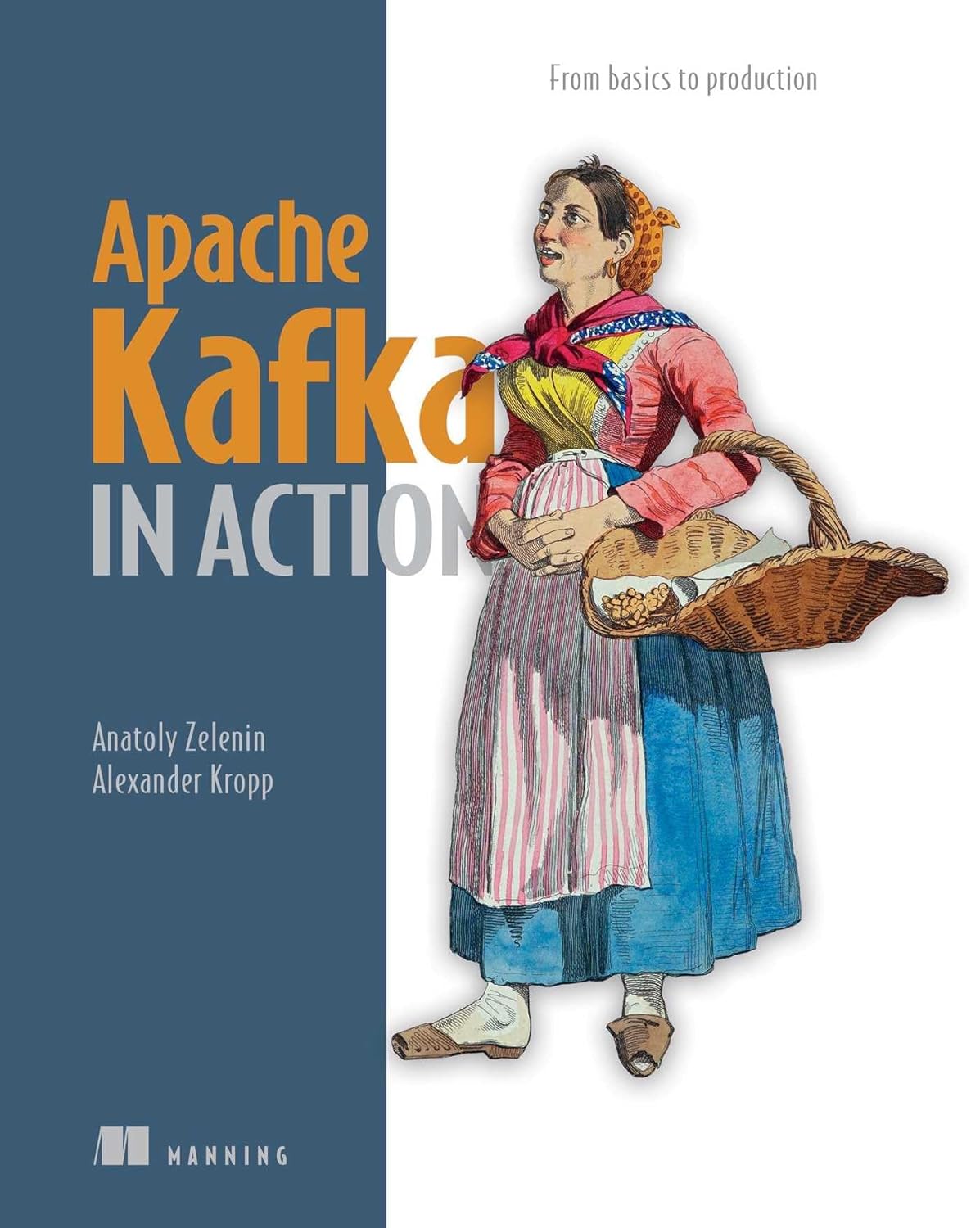Kafka Training: The 6 Most Important Guiding Principles of My Training
For several years, I have been training IT specialists in Apache Kafka. I consider this task a privilege. I get to do what I enjoy. Above all, I can work in a field where I excel. This is not a given.
As a trainer, the change of perspective is crucial for me. I need to be able to put myself in the shoes of the people sitting opposite me. Sounds simple, but it can be tricky at times.
I need to know what they already understand – and where they struggle. With a complex matter like Kafka, this is an exciting process. But it’s not just about this one perspective change. My clients – mostly large to medium-sized companies that rely on Kafka – invest a lot of money in my training. The value that my work has for them flatters me. But it also comes with responsibility.
That’s why I’m writing this post. It’s intended to present my six core principles as a trainer. I welcome feedback and comments.
1. Humility: Attention to Detail as a Sign of Respect
As a consultant, I need to be confident. If there is doubt in my explanations, I won’t be trusted. And those who don’t trust won’t absorb knowledge.
I am confident, but that doesn’t exclude the value of humility. Humility means: Clients trust in my skills. My service is an investment in their future, which they probably had to push hard for within their company.
So I have to deliver on the training days. This doesn’t start with the technical aspects, but with the small things.
I sleep a lot beforehand. I even drink sage tea for my voice. I bring myself – as in my sport as an orienteering runner – into the best possible condition for the event. These sound like minor details. But especially in these details, I can show a form of respect to my clients.
2. Preparation: Each Session is an Individual Challenge
I tailor each of my sessions to my clients. But not 100 percent.
That sounds somewhat presumptuous. The background: I want to remain open to the people in the training. Through my years of work with Apache Kafka, I possess the necessary knowledge for many application areas. With each training, I learn more. Especially: That flexibility is crucial.
While I want to get to know the participants in the preparation phase and use LinkedIn, this approach only provides a vague insight.
Therefore, I adapt the training content live on-site or in the video setting. When I know where everyone stands, what uncertainties exist, I can provide tailored coaching for the companies.
This is more valuable than any sophisticated detailed concept.
P.S.: What I always prepare: Practical examples from relevant industries. This creates identification. And that’s always needed in learning.
3. Openness: I’m Just a Trainer. Not the Sole Decision-Maker.
The trainer gives direction.
That’s how it is in sports. That’s how it is in coaching in business. And that’s fundamentally correct, otherwise, they wouldn’t need me.
But what I reject: That communication is a one-way street. Much more effective – and this is shown by every successful session – is when the participants set the direction. This is achieved through good questions.
A good coach not only asks many questions to test knowledge. Above all, he allows questions to be asked. The best training sessions are those in which I learn something myself.
4. Attention: Three Levers for Engagement
I hate boring classes. And that is perhaps my most important aspiration: My teaching should be entertaining, captivate attention. Because someone who is bored drifts off, filling their mind not with my content – but with other things.
To keep it engaging, I have three levers.
First: Theory is just one component. After each session, there is a practical block—I call it a "Lab." In small teams, participants develop solutions. Through the direct application of what has been learned, theoretical knowledge becomes applicable, practical know-how. Moments of success are crucial for this process.
Second: Although I have prepared all the diagrams, I draw live. The act of an image gradually emerging, coming together from points like on an old tube TV, is an exciting and dynamic process. People are there live. And the feeling of being there live always nurtures attention.
Third: I deliberately improvise. When it’s not clear what will happen next, people pay attention to everything.
It’s nothing special, but it’s a crucial foundation: breaks. The brain can only process information in a concentrated manner for 45 minutes at a time. As a coach, I don’t want to just fill hours, I want to achieve results. That’s why breaks are part of every successful system.
5. The Set-up: Personal – Even at a Distance
My equipment for video training costs a small fortune. I’m not interested in status symbols, but in fairness.
The money I earn, I invest back into the training through technology. This includes the fact that people perceive me personally even from a distance. With the best sound. In high image quality.
The best equipment doesn’t make you a good coach. But a coach without good equipment simply can’t perform anywhere near perfectly.
6. Follow-up: The Final Step to Excellence
The coaching doesn’t end when the time is up. That may be the most important thing to me. And I mean that in two ways.
All participants receive—beforehand or afterwards—a package. With a cheat sheet to reference. A book. Other small goodies. The training should begin with a good feeling—and end the same way.
And I remain accessible even after the end of the official collaboration. For example, with my Kafka “Lunch Academy.” Participants can deepen their knowledge from initial workshops over multiple sessions—served in digestible portions.
For me, a training is successful when the participants can apply their knowledge better afterwards. I’m interested in how they develop. I seek contact—and I am and remain accessible to them.
An athlete’s race may end at the finish line. With coaching, my aspiration for excellence only begins here. That includes going a few steps further than others.
Continue reading

Why Apache Kafka?
Every company that processes countless data streams can optimize them using Apache Kafka. The first lesson of this four-part blog series shows you why larger organizations should turn to this software.
Read more
Apache Kafka in Action
Apache Kafka in Action: From basics to production guides you through the concepts and skills you'll need to deploy and administer Kafka for data pipelines, event-driven applications, and other systems that process data streams from multiple sources.
Read more
